Energy Park Haedammaru (광주에너지파크 해담마루)
16.4Km 2024-12-17
131 Sangmugongwon-ro, Seo-gu, Gwangju
Energy Park Haedammaru opened in September 28, 2021, to educate visitors on the importance of energy. By exhibiting new and renewable energy, as well as different experience programs, visitors are able to understand the importance of energy usage and how to save more energy in daily life.
Korea Medical Institute Gwangju Branch ((재)한국의학연구소 광주분사무소)
16.4Km 2025-10-23
8F-10F, 58 Sangmujungang-ro, Seo-gu, Gwangju
Korea Medical Institute (KMI), a leader in 'K-health checkups,' operates health checkup centers across eight locations nationwide, from Seoul to Jeju. KMI has been striving to prevent and detect diseases early. It has led the popularization of comprehensive medical examinations in Korea. Based on 39 years of accumulated data and expertise, KMI has enhanced its capabilities in health checkups, services, and brand value.
By utilizing its diagnostic data accumulated over the years, KMI provides accurate test results and follow-up care promptly.
KMI will stay committed to becoming a lifetime health management partner and 'K-health checkup' leader by leveraging its excellence in Korean medicine, beyond health checkups for foreign patients.
Therapy Spa_Sobe (테라피 스파 소베)
16.4Km 2025-10-23
33 Sangmuyeonha-ro, Seo-gu, Gwangju
+82-62-416-3000
Therapy Spa_Sobe gets its name by combining the first two letters of the the Latin words solus (health) and bellus (beauty) to create the word "Sobe".
The spa pursues natural health and beauty derived from nature. It is committed to constantly improving itself through research to offer precious and relaxing moments to those exhausted from the modern era. The programs available here include the SOBE Signature Rituals, Hormone Aging Signal, Energy Immune Boosting, Wedding Day & Beauty Contouring, and Vita Moms & Post-natal Touch. Enjoy specialized care through these programs.
Uijae Museum of Korean Art (광주 의재미술관)
16.5Km 2024-11-14
155 Jeungsimsa-gil, Dong-gu, Gwangju
+82-62-222-3040
The Uijae Museum of Korean Art was established in memory of the famous Korean artist Heo Baekryeon. Construction of the museum ended in December, 1999, but the museum wasn’t officially opened until November 17, 2001. Built to mimic the curve of a gently sloping road, the museum’s unique design earned architect Jo Seongryong the 10th Korean Architecture Award the same year as the museum’s opening. Measuring 6,000㎡ (B1-2F) in size, the museum is comprised of two exhibition rooms, a storage facility, a seminar room, and a tea ceremony room for visitors. Since its opening, the Uijae Museum of Korean Art has hosted notable exhibitions and seminars such as the 2002 Biennale Project 2 International Symposium.
Venture Business hotel [Korea Quality] / 벤처 비즈니스 호텔(유한회사 벤처) [한국관광 품질인증]
16.5Km 2024-07-08
5-6 , Sangmujungang-ro 38beon-gil, Seo-gu, Gwangju
+82-62-655-7777, +82-10-7274-5532
Venture Business Hotel stands close to Sangmu station on subway line 1 in Gwangju, Jeollanam-do. Visitors can chose from several types of room including ondol rooms, family rooms, VIP twin bed rooms with terrace, and accessible rooms with bathrooms for disabled customers. All rooms are equipped with air dressers to keep your clothing fresh, and some have massage chairs and jacuzzis. Hotel facilities include free breakfast, use of washing machine and dryer, a business center and a 24-hour information desk.
Gwangju Gongyeon Maru (광주광역시공연마루)
16.5Km 2025-03-15
3 Sangmusimin-ro, Seo-gu, Gwangju
Gwangju Gongyeon Maru (Performance Maru) was the performance hall that was used during the World Photonics Expo 2010 Gwangju. After the Expo, the performance hall continued to host various events and performances. After becoming an official performance hall in 2014, it became a permanent performance hall of Gwangju in 2018 after a renovation.
Sunchang Gangcheonsa Temple (강천사 (순창))
16.5Km 2024-04-07
270, Gangcheonsan-gil, Sunchang-gun, Jeonbuk-do
+82-63-652-5420
Located approximately 1.8 kilometers from the entrance of Gangcheonsan County Park, Gangcheonsa Temple was built by Monk Doseon during the first year of Queen Jinseong of Silla (AD 887). In the third year of King Chungsuk of Goryeo (1316), the temple saw the addition of a five-story stone pagoda, built by Monk Deokhyeon. At its peak, the temple was said to have had 12 hermitages and housed 1,000 monks. It was burned down during the Imjin War (1592-1598), leaving only the pagoda, but was rebuilt a few years later by Monk Soyo during the 37th year of King Seonjo (1604). Unfortunately, the temple was burned down again in the Korean War, but was once again restored to its original state in 1959.
Cultural assets found at the temple include Stone Guardian Post of Chungsin-ri & Namgye-ri, Sunchang Guesthouse, and the Three-story Stone Pagoda of Sunhwa-ri. Nearby tourist attractions include Geumseongsanseong Fortress, Yongsopokpo Falls, Gangcheonho Lake, Damyangho Lake, Chuwolsan Mountain, Huimunsan Mountain, and Naejangsan National Park.
Gwangju Jeungsimsa Temple (증심사(광주))
16.6Km 2021-11-09
177, Jeungsimsa-gil, Dong-gu, Gwangju
+82-62-226-0108
Located on the western foothills of Mudeungsan Mountain, Jeungsimsa Temple is a representative temple of Gwangju. First founded by Buddhist monk Cheolgamseonsa Do Yun in 517 (Silla Kingdom), the temple was remodeled by Buddhist monk Hyesoguksa in 1094 (Goryeo dynasty) and again by Kim Bang in 1443 (Joseon dynasty). The temple was burned down during the Imjin War and was reconstructed in 1609 by three Buddhist monks: Seokgyeong, Sujang, and Dogwang. It underwent several additional restorations before being destroyed again by fire during the Korean War. Most of the existing buildings, including Daeungjeon Halll (main temple building), were rebuilt in the 1970s.
Yeonhwa Sikdang (연화식당)
16.6Km 2025-01-22
147 Mareukbokgae-ro, Seo-gu, Gwangju
It is a restaurant where you can enjoy yukjeon (Pan-fried Battered Beef) with a variety of Jeolla-do side dishes. For a unique twist, try wrapping the yukjeon with aged kimchi in a leaf wrap. The nutty aroma of perilla oil combined with the tangy flavor of aged kimchi creates an especially delightful taste experience.
Himart - Sangmu Branch [Tax Refund Shop] (하이마트 상무점)
16.6Km 2024-04-18
820, Sangmu-daero, Seo-gu, Gwangju
-
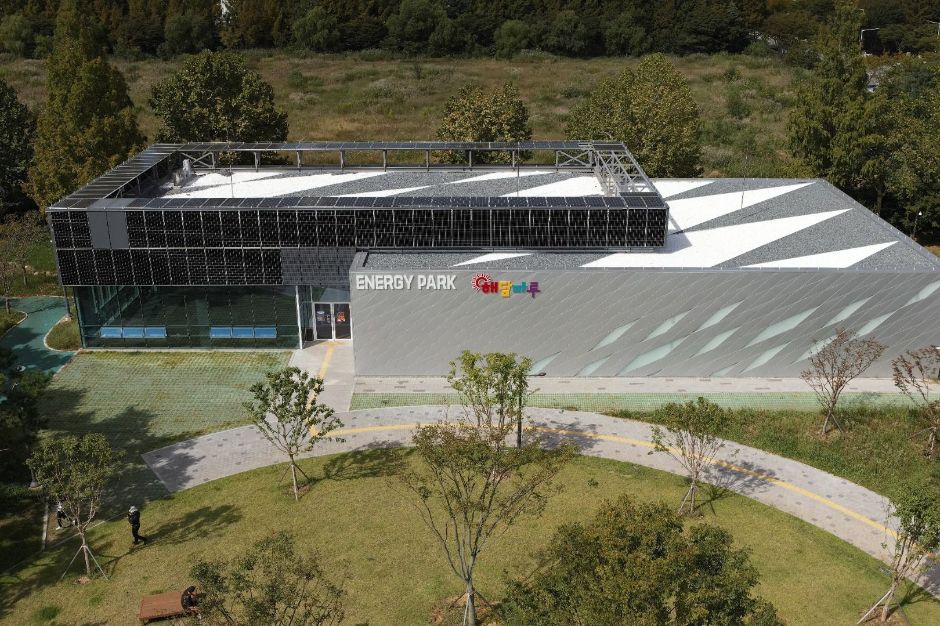

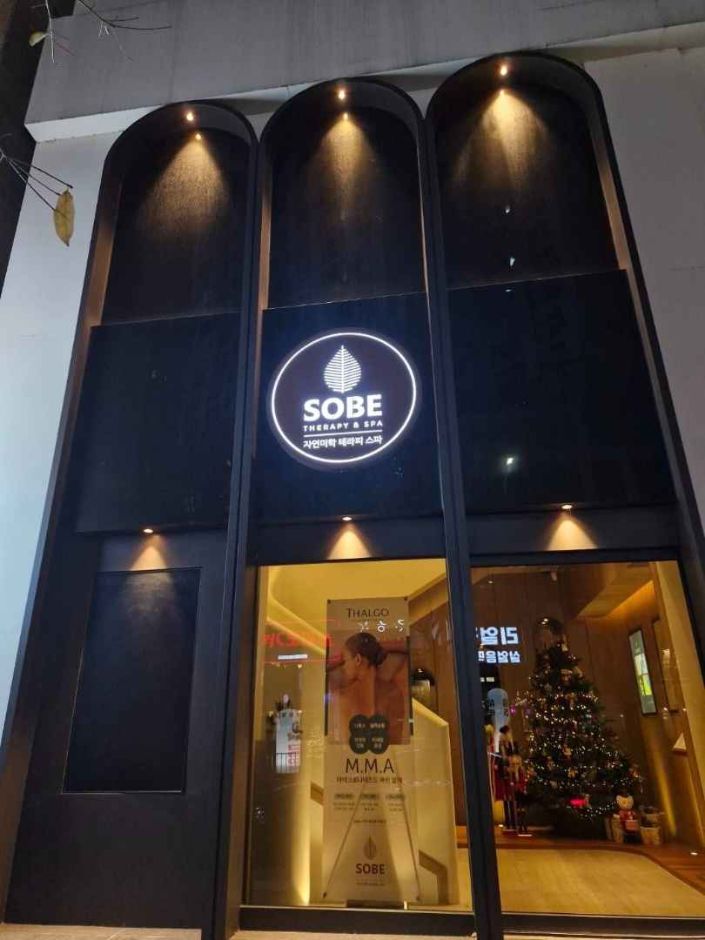

![Venture Business hotel [Korea Quality] / 벤처 비즈니스 호텔(유한회사 벤처) [한국관광 품질인증]](http://tong.visitkorea.or.kr/cms/resource/97/2630397_image2_1.jpg)
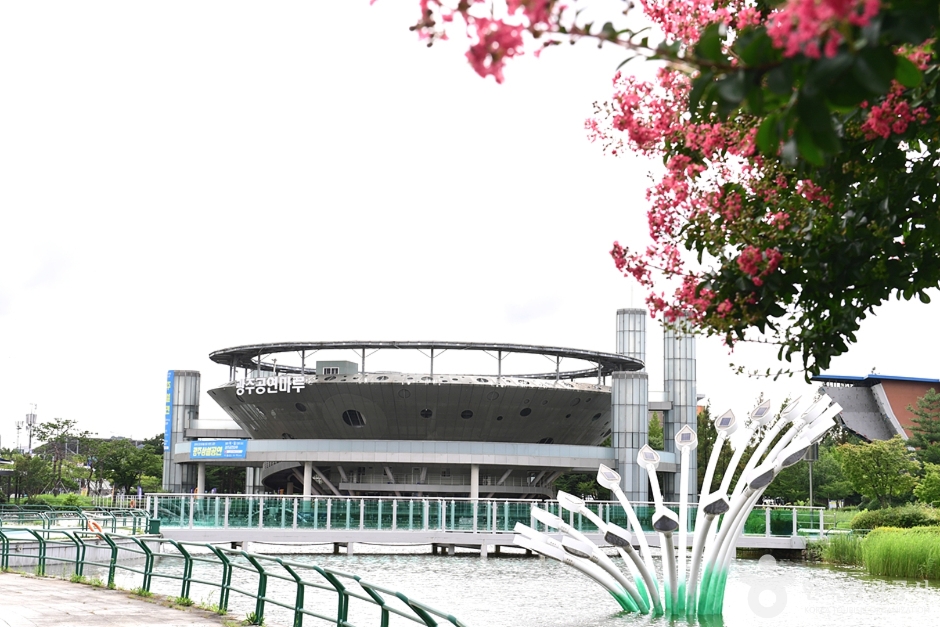
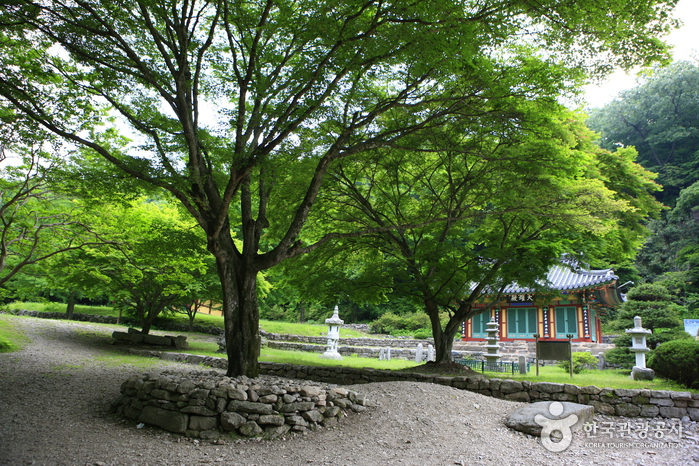
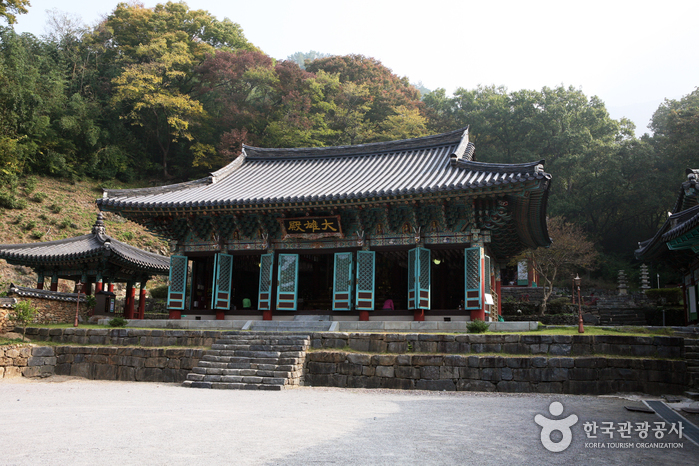
![Himart - Sangmu Branch [Tax Refund Shop] (하이마트 상무점)](http://tong.visitkorea.or.kr/cms/resource/27/2886927_image2_1.jpg)
 English
English
 한국어
한국어 日本語
日本語 中文(简体)
中文(简体) Deutsch
Deutsch Français
Français Español
Español Русский
Русский